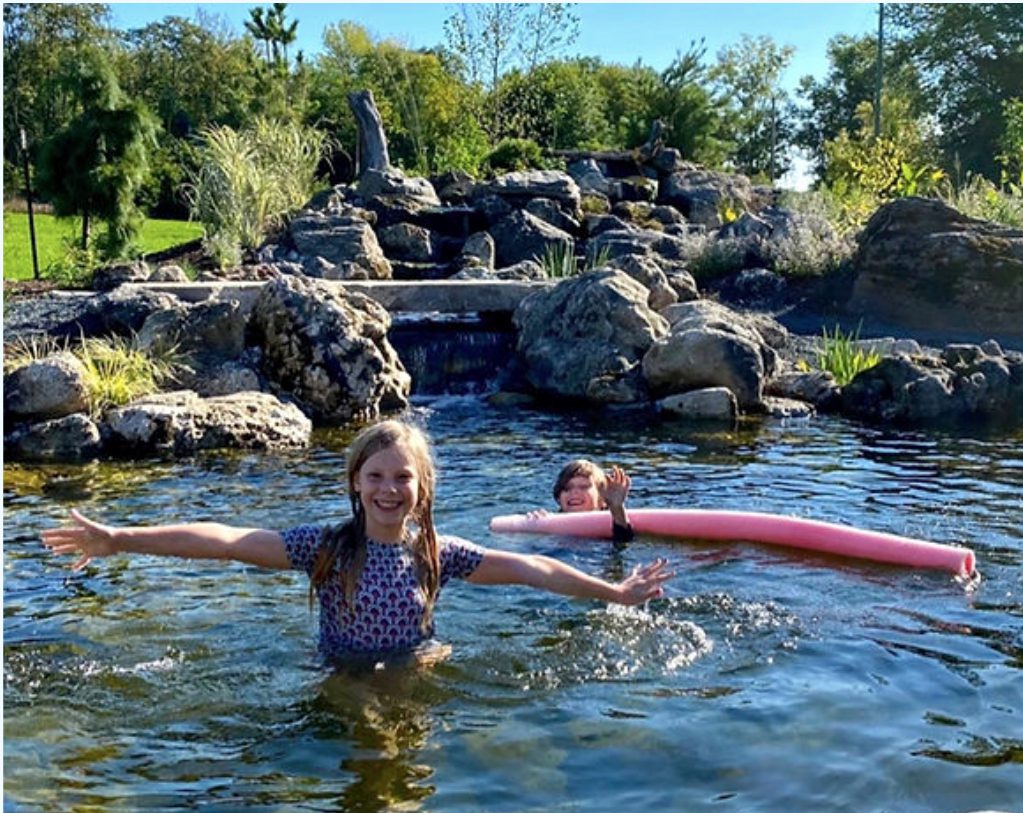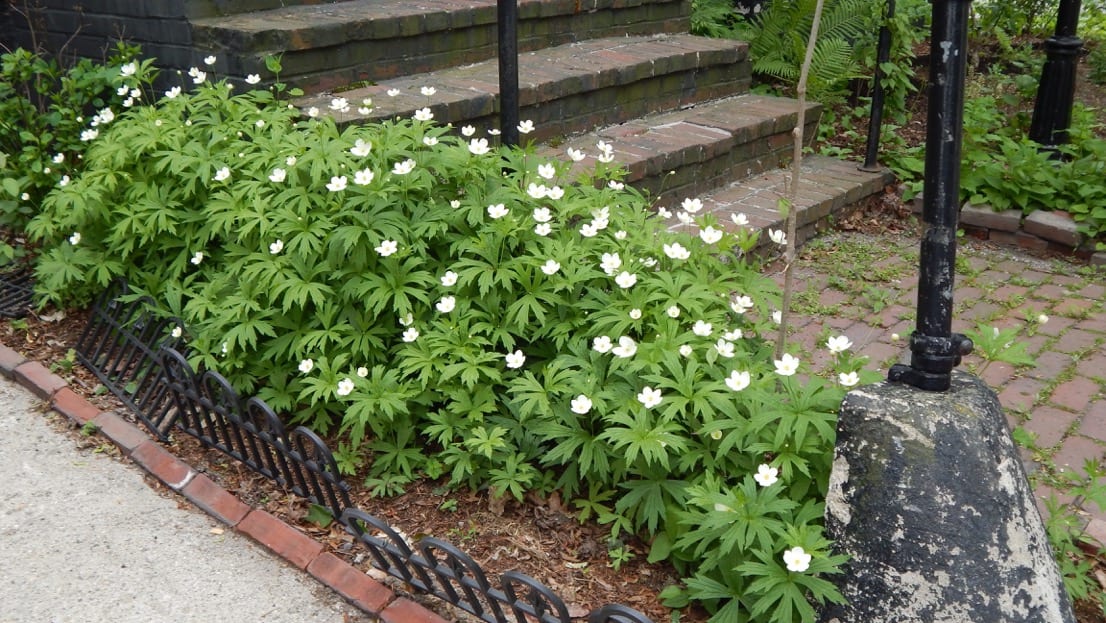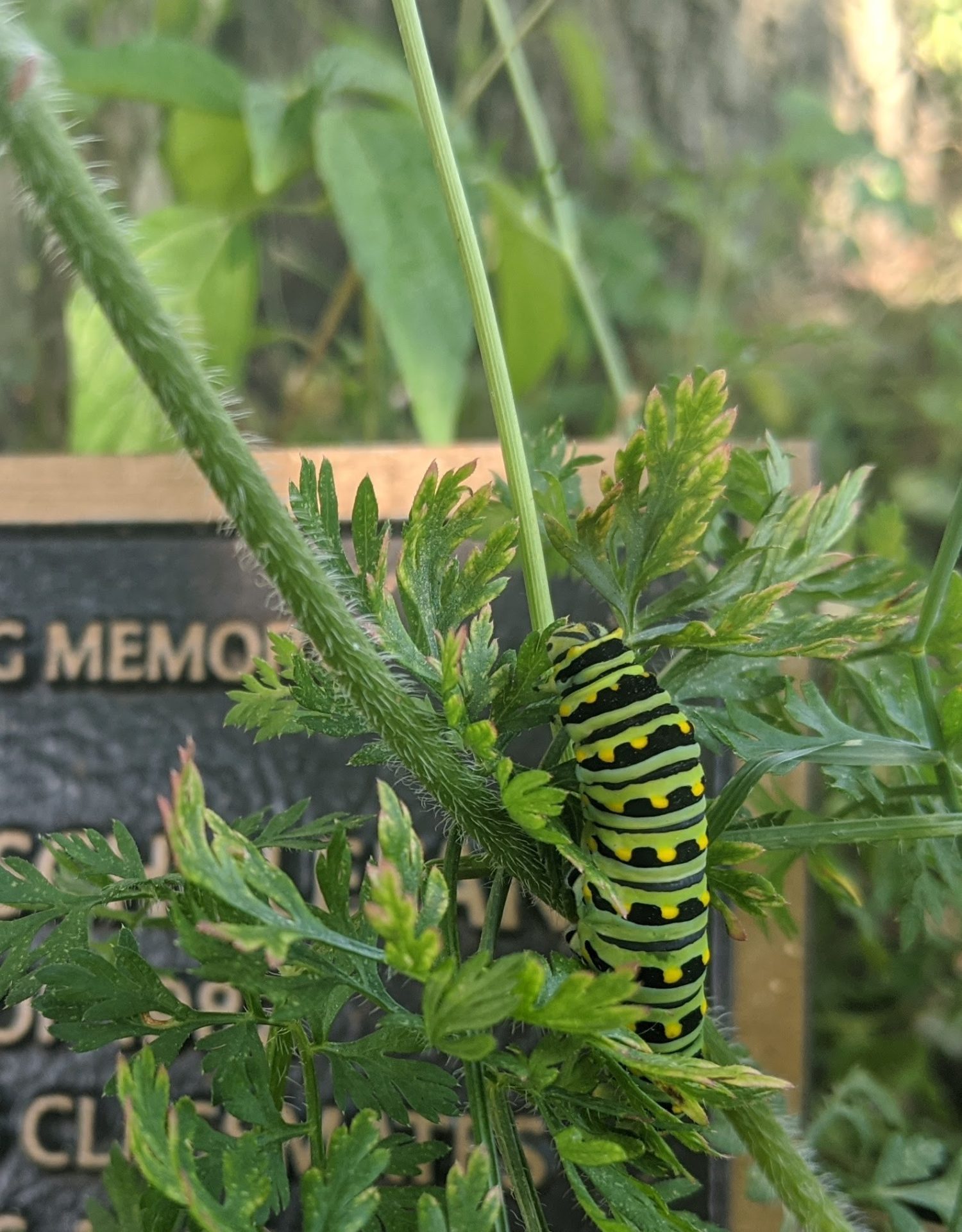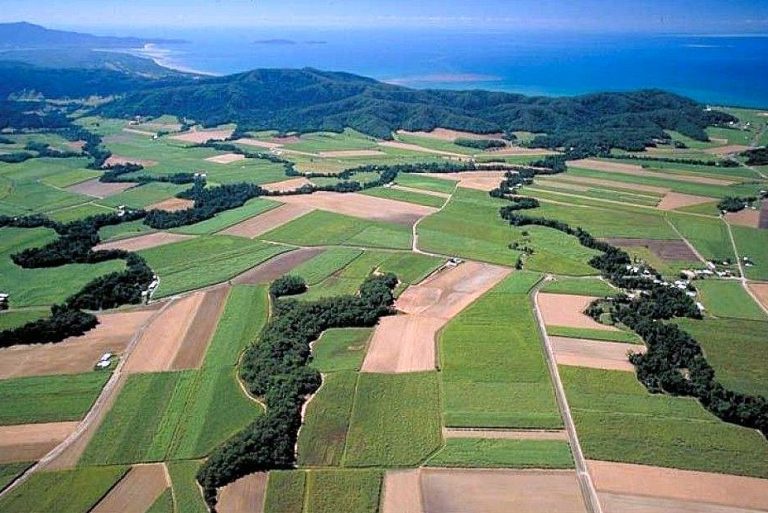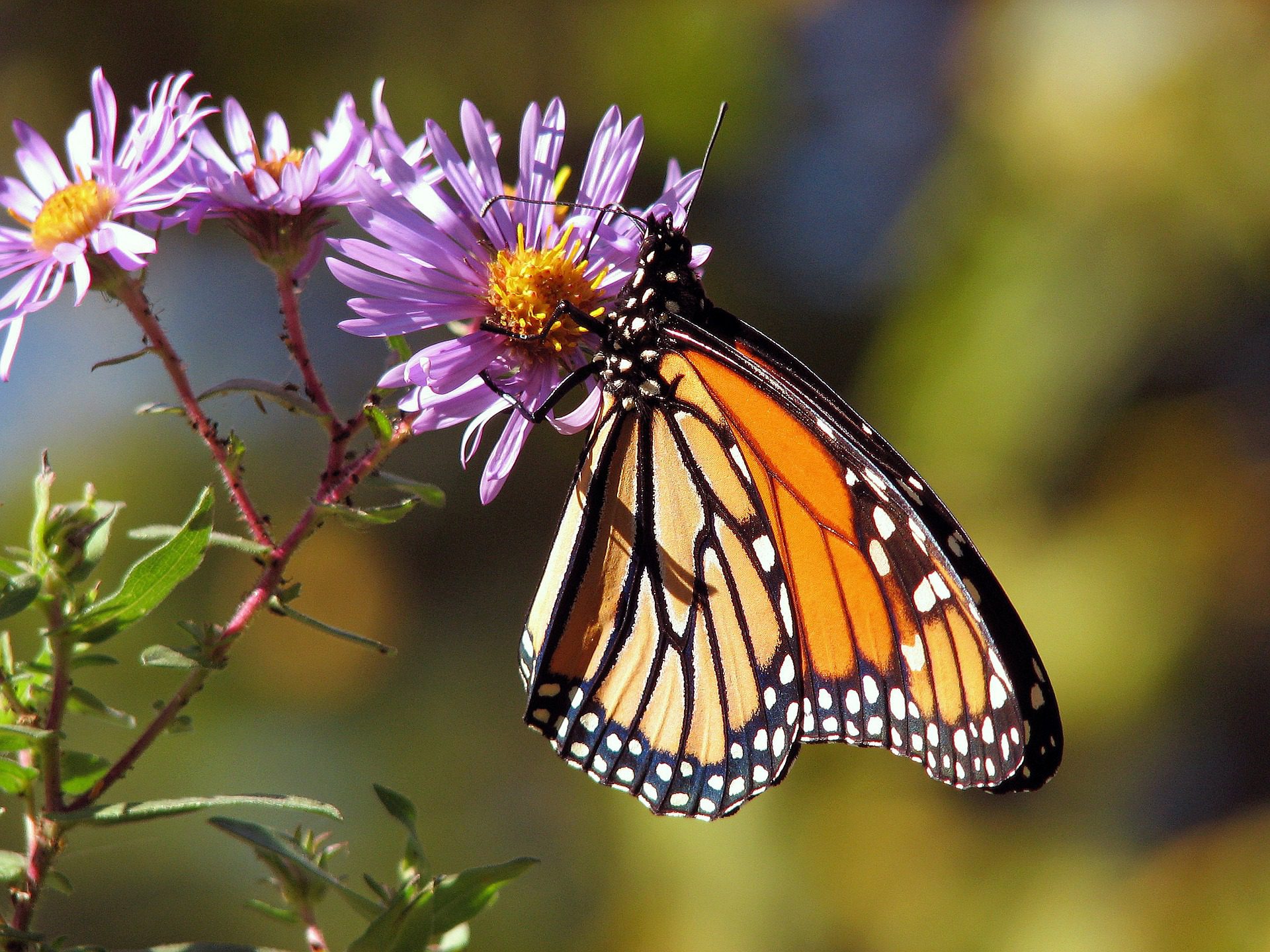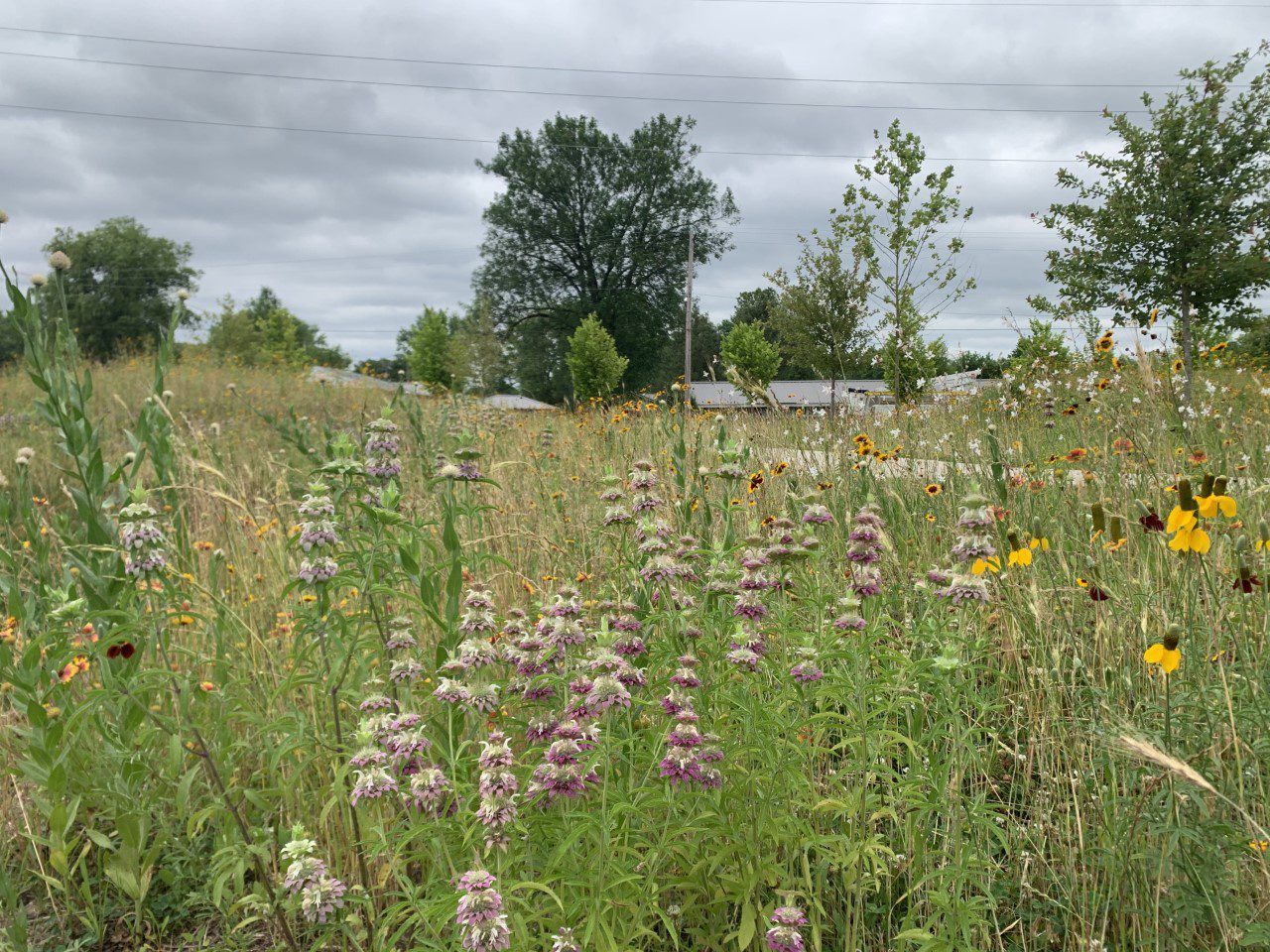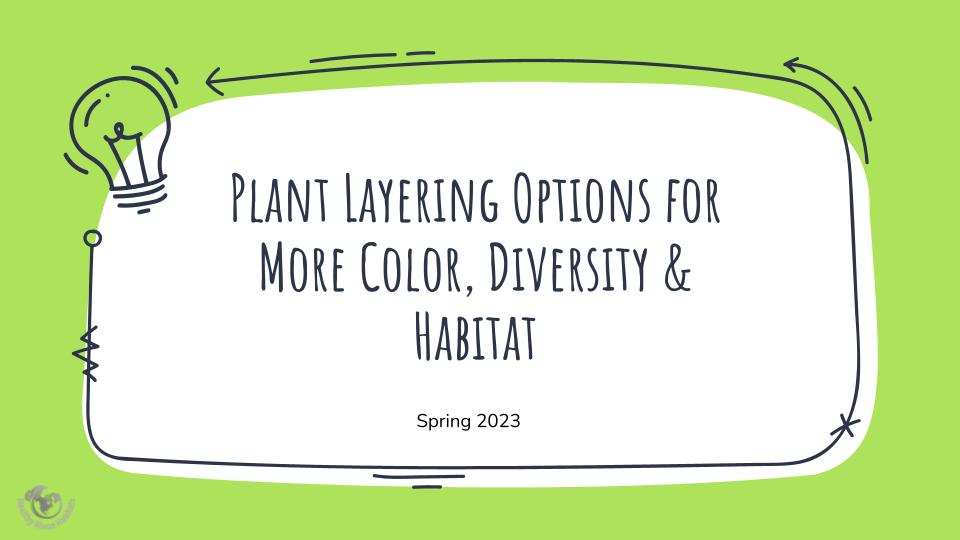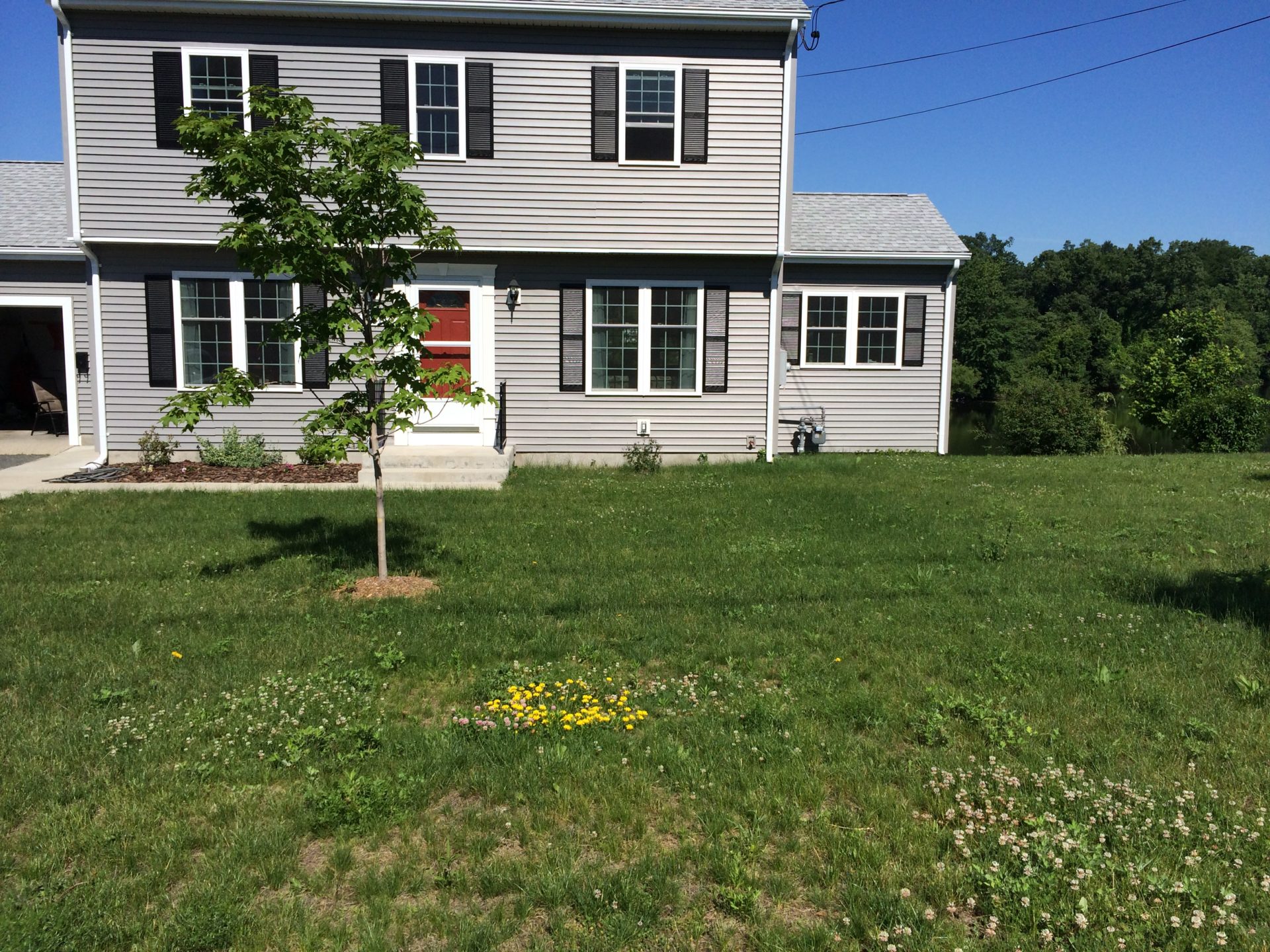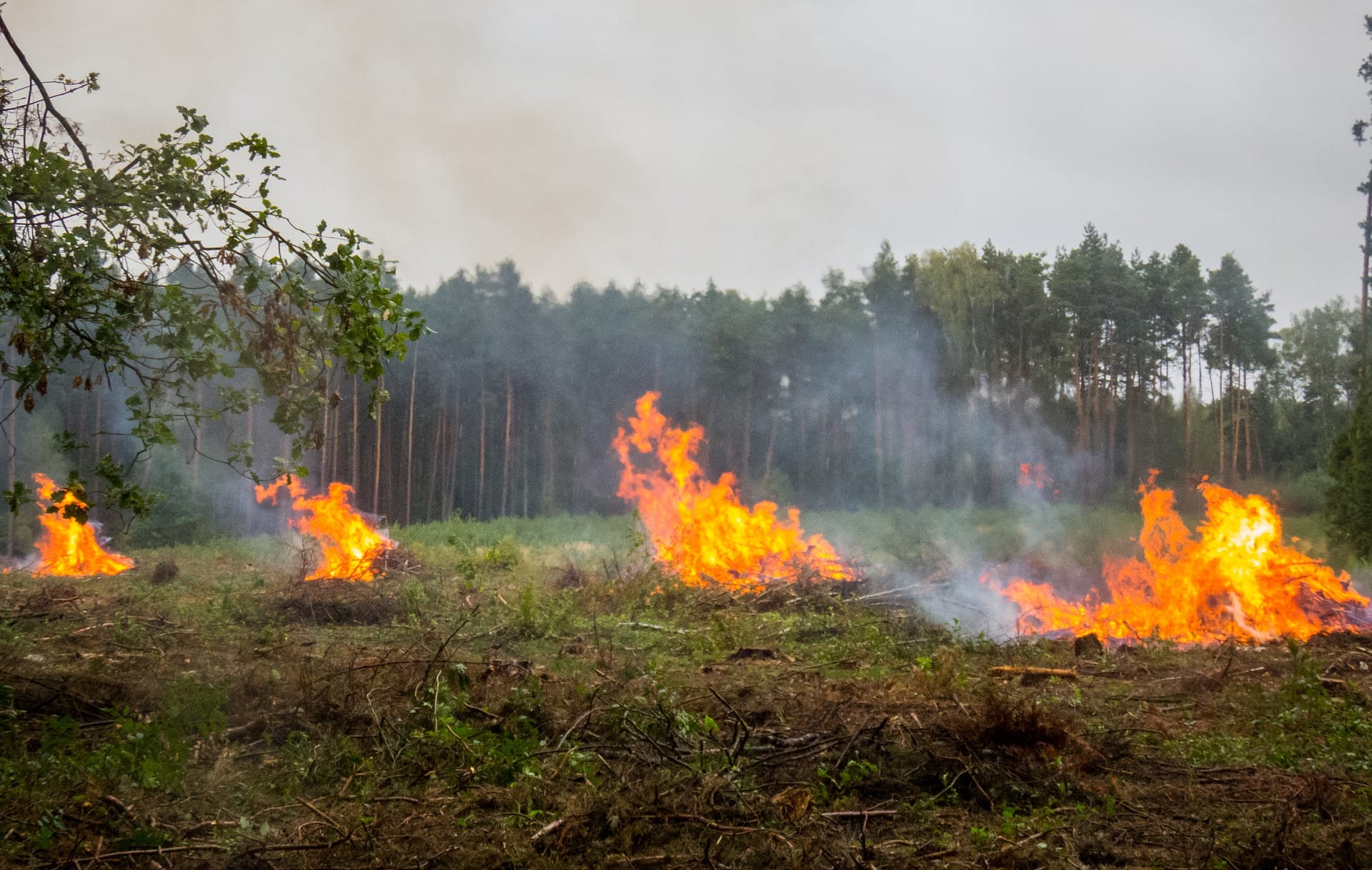Webinar: Corridor Ecology: Linking Landscapes for Biodiversity Conservation and Climate Change Adaptation
Dr. Keeley will review selected chapters of the second edition of the 2019 book Corridor Ecology that captures advances in the field since 2006. She will give an overview of corridor design objectives, including topics such as corridor dimensions, sensitivity to human activity, and topography and microclimate for climate-wise connectivity. With an extensive human footprint...


